
A fuel cell range extended electric vehicle (FC REEV) was introduced at the International Motor Symposium in Vienna. According to Magna International Inc., this combines the power of hydrogen and electric drives, which basically runs without any fossil fuels. In this case, it has a range of 500km before recharging or refueling.
Magna demonstrated the advantage of using FC REEV as it achieves zero emissions. This technology can be built into any type of vehicle, as it combines 2 different alternative drives. Such would include the high-energy density and the fast fueling of hydrogen, as well as the accessible infrastructure for electric charging.
According to Magna International and Magna Steyr President Gunther Apfalter, car manufacturers are responding to the challenge to develop alternative vehicles and propulsion systems with zero emission. In order to respond to this call, Magna supports mobility and emission-free driving for the future.
The REEV is a proposed system that would improve the range anxiety drivers in electric vehicles. In combustion engines, gasoline or diesel generators would increase the range of electric vehicles. In FC REEV, the typical model has replaced diesel and petrol fuel with hydrogen. Though it allows for the same engine model, it doesn’t require the use of unsafe fossil fuels.
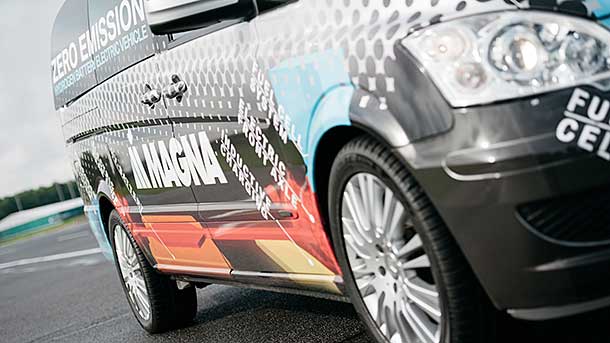
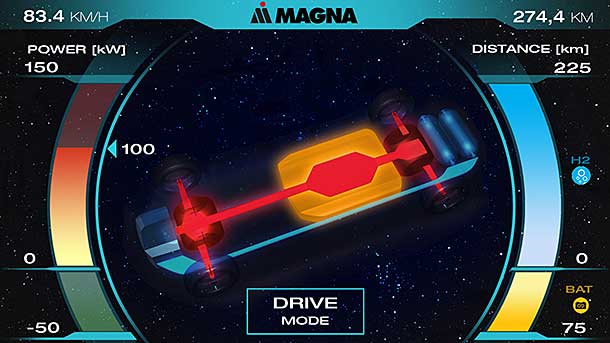
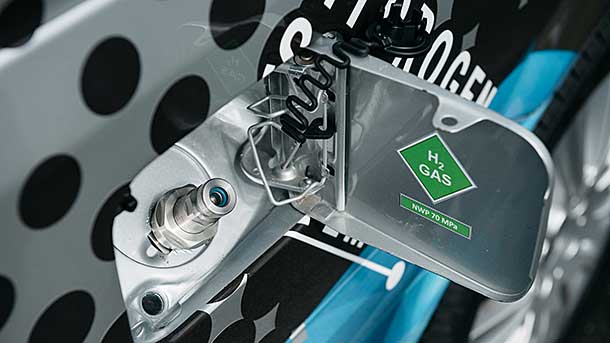
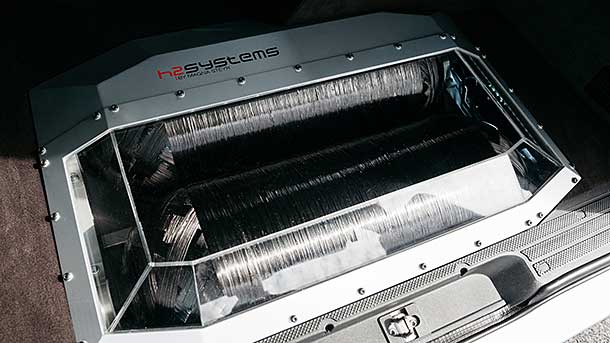
Moreover, it is quieter than the combustion engine vehicles. Thus, it doesn’t only cut down on air pollution, but it can potentially reduce noise pollution as well. As fuel cell extenders would be used in light commercial vehicles, it can improve the daily range of vehicles powered by battery. In this case, it would significantly improve hydrogen powered vehicles, making it a more competitive option in the automotive markets.
Fuel cell technology would recharge the battery upon making a drop to a certain level and would permit the refueling of the vehicle with up to 1.8kg of hydrogen. About a distance of 100km can be travelled within 1kg of hydrogen. By using a range extender, it can double the daily range of battery powered cars.
Magna executives explain that a range extender would drive an electric generator by charging a battery that supplies the electric motor of the car with electricity. Thus, such arrangement is known as a series hybrid drivetrain. Its key function is to increase the range of vehicles in which range autonomy is among the main barriers for electric cars’ commercial success.
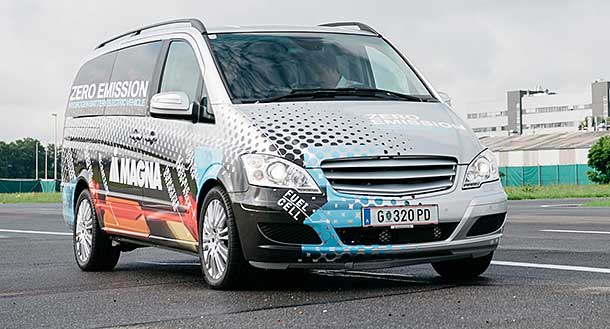
Many range extender cars have the ability to charge batteries from the grid and from the range extender as well. Range extenders can also use conventional fuels. This can be done at regular fuel stations, which guarantees to provide the same driving ranges as conventional cars.
Since REEVs are propelled only with electric motor, it can take advantage of weight and cost that is associated with the gearbox transmission system. Moreover, it does not require the increase or decrease in output with regards to the power needs of the vehicle because this can be handled by the electric motor. Likewise, it can be modified to satisfy the average power requirement of the vehicle rather than the peak power requirement.
References
https://youtu.be/uSJdZ7PBfU8 – 4 minute Youtube video
http://electriccarsreport.com/2017/03/magna-shows-fuel-cell-range-extended-electric-vehicle-geneva/